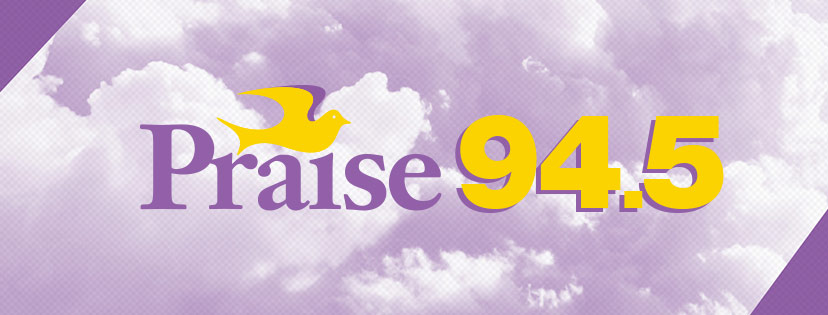One of the key elements of Hurricane Season preparation is equipping yourself with the appropriate supplies, so we’ve put together a checklist to guide you through your pre-storm stockup.
http://cableorganizer.com/articles/hurricane-safety-checklist.html
Food and Water
At the beginning of Hurricane Season, stockpile a closet or cabinet in you kitchen or garage with at least 3 days’ worth of nonperishable food items and bottled water for you and your family. Figure on each person requiring 1 gallon of water per day, and opt for foods that require no refrigeration or cooking. Granola bars, power bars, peanut butter, crackers, and canned goods (like fruits, vegetables, and meat) are smart choices because they’ll provide you with a little variety, but won’t run the risk of spoiling. Keeping disposable cups, dishes and utensils on hand is also a good idea, so you’ll always have clean eating utensils, even if you’re unable to wash dishes.
Sanitation Supplies
Before the storm hits, make sure that you’re more than adequately stocked up on both personal and household sanitation supplies, like alcohol-based hand sanitizer, soaps and liquid detergents, toilet paper, tissues, paper towels, disinfectant, chlorine bleach, and plenty of heavy-duty garbage bags.
Clean Laundry
You never know what post-hurricane conditions may be, and if you’re without power or your water supply is contaminated, washing clothes may not be an option. If it’s at all possible, take some time during the pre-hurricane craziness to do as much laundry as possible, so that you have plenty of clean clothing, towels and bedding to last you at least several days.
First Aid Kit
Be ready for everything from cuts and scrapes to sprains and insect bites by having a fully-loaded first aid kit on hand. Must-have items include adhesive bandages, gauze, medical tape, tweezers, alcohol wipes, antibiotic ointment, burn gel, hydrocortisone cream, and even wrap-style bandages to provide support for injured ankles or wrists.
Prescription Medicines
If you or a family member is living with a health condition that requires daily prescription medication, make sure that you have enough doses on hand to last you through the storm and up to a week of possible pharmacy downtime afterward. Also, remember to check your supply of occasional-use medicines like asthma inhalers, antihistamines and pain relievers/fever reducers; having an adequate supply of these can help prevent minor medical issues from flaring into full-blown emergencies when a trip to the doctor may not be an option.
Severe Weather Alert Radio
Whether a storm is drawing near, in progress, or has recently passed by, severe weather updates are a great way to track what’s going on. The National Oceanic and Atmospheric Administration (NOAA) is a U.S. agency that monitors climate and issues daily weather forecasts and severe storm warnings via NWR, a nationwide network of radio stations that relay warnings, hazards, and other critical storm-related information to the public. Staying on top of the latest information is essential to storm safety, so equip your home with an
Emergency Alert Radio, which receives warning messages and updates from all 7 NOAA broadcast channels 24/7.
Flashlights
As soon as the power goes out, the first thing you’ll be reaching for is a flashlight, so make sure to have several on hand to cover all (or at least most) of the members of your household. One that we particularly like is the Spin-Charge LED flashlight – instead of using batteries, you charge it by cranking its handle, which is perfect for those times when you don’t have electricity of spare batteries. We’re also fans of Pelican’s SabreLite™ 2000, a heavy-duty flashlight that’s completely submersible, a feature that makes it an ideal choice for anyone living in a flood zone.
Waterproof Storage
Because delicate personal belongings like family heirlooms, photos, documents and expensive electronics can easily be destroyed by moisture, they require extra consideration when you’re preparing for storm season. Protect irreplaceable items in watertight, impact-resistant cases, like those by Pelican and B&W, which can withstand just about anything a hurricane can dish out. They’re available in briefcase, trunk, and even backpack styles, so you can find the perfect case whether you plan on evacuating with it or leaving it behind in your home.
Emergency Chargers
It doesn’t matter if both electricity and land-based phone lines are down – communication is one thing you can’t do without during and after a hurricane. While most people these days have the luxury of just picking up their cell phones, you need to make sure that your phone battery remains strong even when you can’t recharge it from a wall outlet. Battery-powered universal chargers like the Turbo Charge can be lifesavers during power outages, thanks to their ability to deliver up to 2 hours of talk time from a single AA battery.
To learn more about the types of natural disasters that affect the United States and what you can do to prepare for them, please visit FEMA’s Disaster Information webpage, which provides maps, severe weather information, and links to a variety of helpful safety tips.
Related Articles:
GALLERY: We Shall Overcome Hurricane Ike















